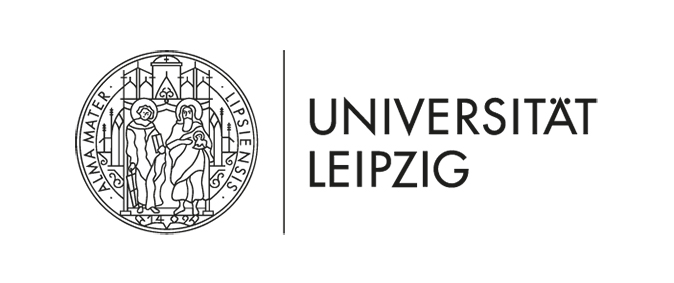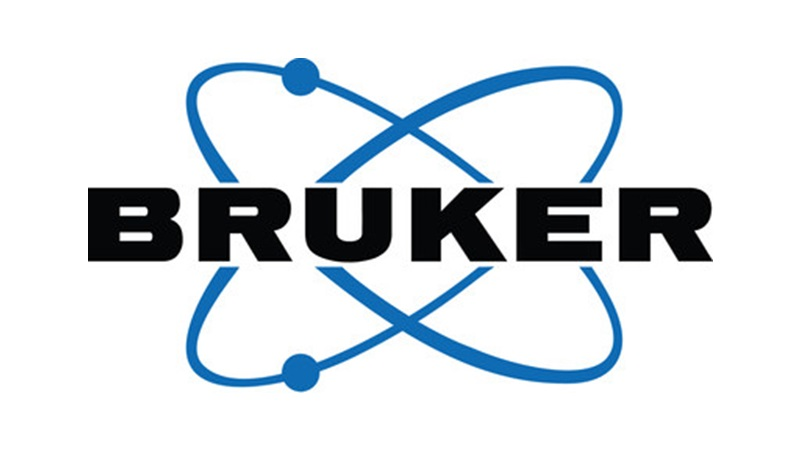|
14th Annual Symposium Physics of Cancer Leipzig, Germany Oct. 4 - 6, 2023 |
PoC - Physics of Cancer - Annual Symposium | |||||||||||||||||||||||||||||||||||||||||||||||||||
|
|
Poster
Evaluation of physical and biological tumor characteristics in glioblastoma
Contact:
Glioblastoma (GBM) is the most common form of cancer in the adult brain accounting for 45.2% of primary brain tumors with a poor median survival of 15 months. Treatment includes surgery and postoperarive radio-chemotherapy. Tumor margins accounting for microscopic tumor extension, and corresponding target volumes for irradiation as determined through magnetic resonance imaging (MRI) are uncertain and therefore population-based margins are currently used in the clinical routine. This could either be too small leading to increased risk of loco-regional control or too large and thus, enhancing the probability of normal tissue toxicity. Of note, the effects of irradiation in the margins and surrounding regions of the tumor are not well characterized so far. To overcome this knowledge gap, we investigate an orthotopic GBM model for the cellular and mechanical properties of its tissue at the cellular scale using U87MG-mCherry xenograft tumors. Orthotopic tumor growth was monitored through MRI. After reaching a diameter of 2 mm x 2 mm on the MRI, tumors were irradiated with 3 fractions of 3Gy by an in-house developed small animal image guided radiotherapy (SAIGRT) system. 24 hours post the last irradiation fraction, brain tissue sections were probed using a combined atomic force microscopy (AFM)–light microscopy setup within the tumor, at its margins, as well as the surrounding tissue and contralateral regions. Non-irradiated control samples showed similar mechanical properties within the tumor region and its surrounding tissue. In contrast, the tissue region adjacent to the tumor underwent significant stiffening upon irradiation. Irradiation had no clear effect on the tumor itself nor on the contralateral side. To further characterize the cellular mechanical and biochemical changes, multiplexed histology with a panel of over eight markers specific to early irradiation changes along with a transcriptomic study is ongoing. These findings contribute to a better understanding of cellular responses to irradiation and will eventually lead to a more individualized target volume definition and therefore optimized radiooncological treatment.
|









